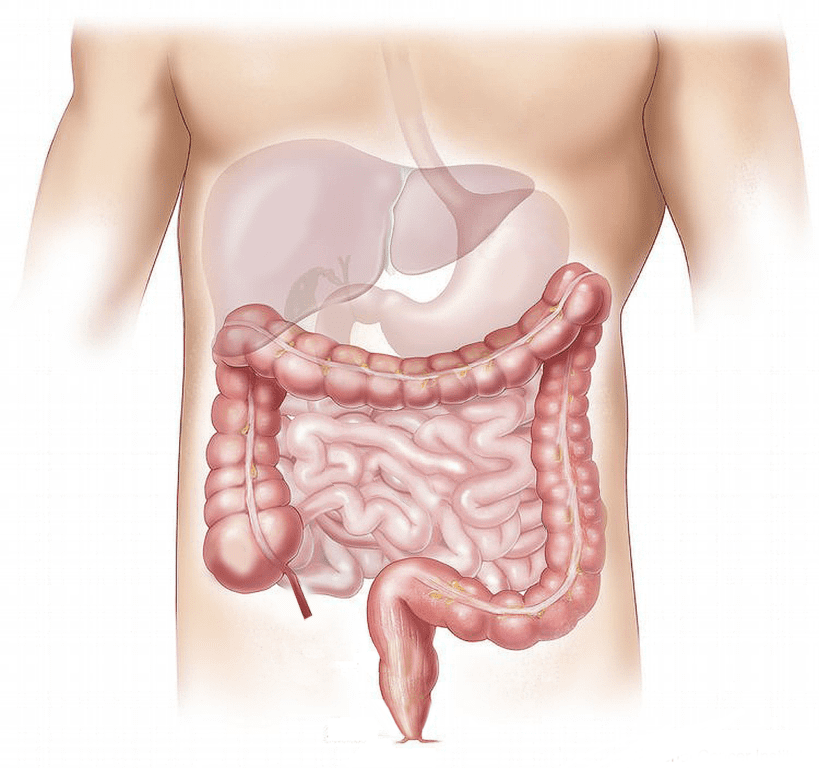According to an article at ScienceDaily, a combination of immunotherapy and chemotherapy therapies caused pancreatic cancer tumors to shrink in the majority of patients in a phase 1b clinical trial.
About Pancreatic Ductal Adenocarcinoma
Pancreatic ductal adenocarcinoma (or PDAC) is the most common form of pancreatic cancer, comprising some 95% of pancreatic cancer cases. Behind lung and colorectal cancers, PDAC is the third deadliest cancer in the United States – accounting for some 7% of cancer deaths, despite making up only around 3% of cancer diagnoses.
PDAC begins in the cells that line the small tubes in the pancreas called ducts that carry digestive enzymes into the small intestine.
About the Trial
The study involved twenty-four previously diagnosed individuals with metastasized PDAC. Every participant received the common chemotherapy drugs gemcitabine and nab-paclitaxel. They also received experimental antibody APX005M, which targets CD40, a protein, to trigger an immune response. 12 of the respondents also received PD-1 (a protein that inhibits self-destructive T-cell activity) inhibitor nivolumab.
At the end of the data collection period, 83% (20 out of 24 participants) of respondents experienced a decrease in the size of their tumors. Side effects did occur in most of the patients, but these were anticipated and manageable. Some patients opted to receive the treatment for over a year, which was particularly encouraging to researchers since it suggested that the treatment was very tolerable. Tolerability is an important concern when treating a cancer that has median survival periods just half a year long in advanced cases.
The Parker Institute for Cancer Immunotherapy filed the Investigational New Drug (IND) application for the treatment, and Apexigen and Bristol-Myers Squibb manufacture the component drugs. A randomized phase 2 trial designed to further study efficacy of the treatment is already underway. Though the findings are promising, even if the treatment does ever gain FDA approval, such a milestone could still be years away. Given how common PDAC tumors are, a larger study doesn’t seem out of the question.
Only once the dual treatment has proven to offer a significant improvement to existing treatment options will it receive the okay from the Food and Drug Administration. Until then, promising experimental results remain, unfortunately, just that.
What advantages are there to combination therapies that might not exist for more aggressive and traditional chemotherapy or radiation treatments? Share your thoughts with Patient Worthy!








